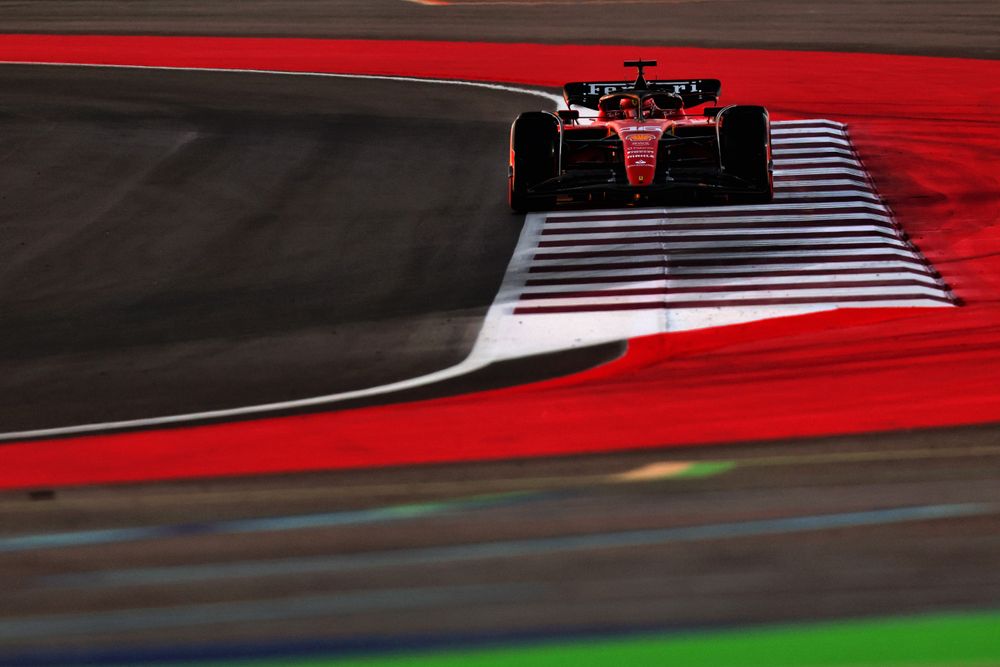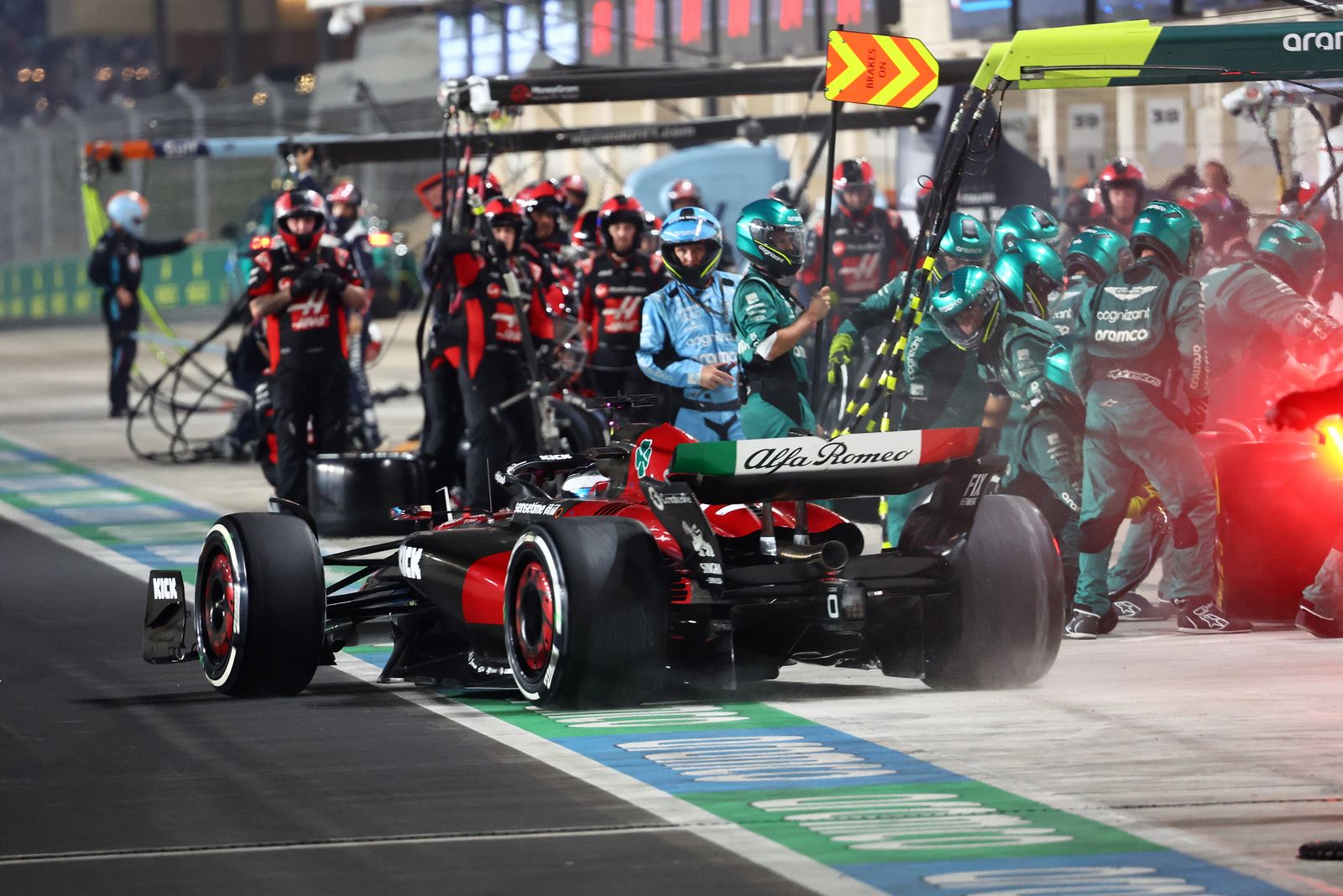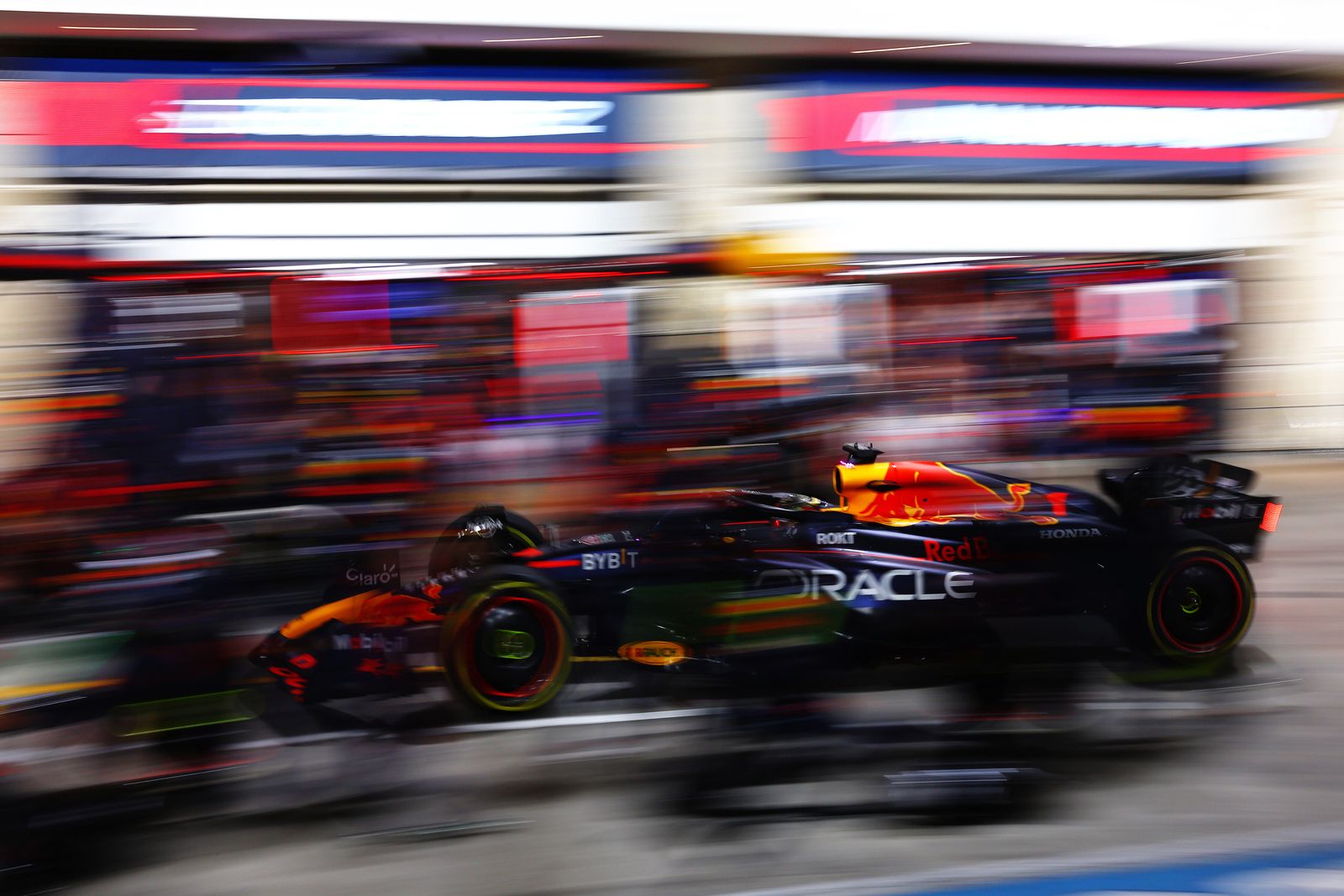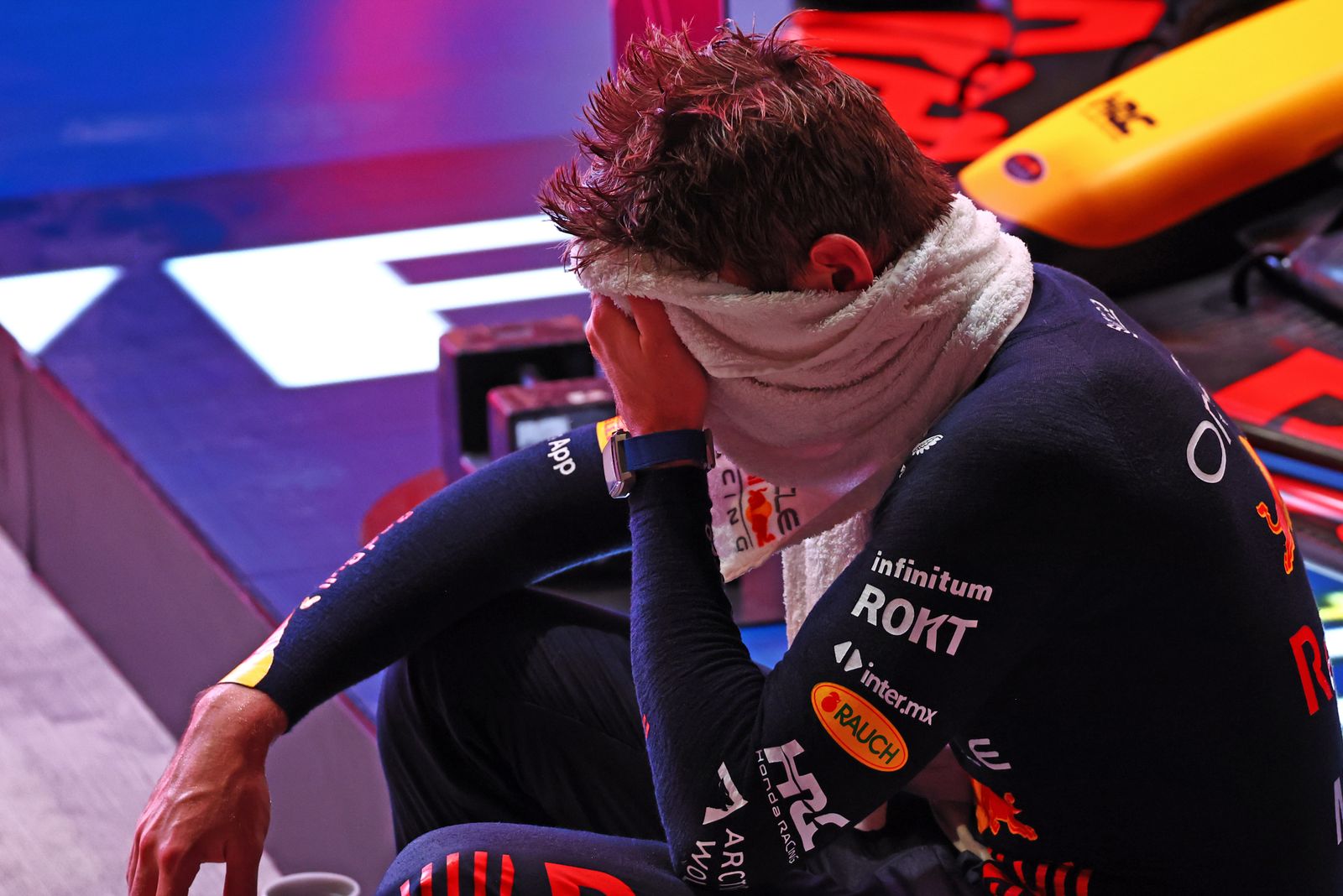Up Next

Not for the first time, Pirelli’s Formula 1 tyres were one of the big topics of conversation during the Qatar Grand Prix weekend.
It seems F1’s sole tyre supplier can’t get any good press no matter what as whatever it does is never seen as good enough.
But is this justified?
The criticism we normally hear is that the tyres don’t allow the drivers to push for more than a couple of laps. If the drivers do, the tyres overheat and the grip level falls away, which means more sliding and therefor overheating. It’s a vicious circle.
The way I look at this problem is that everything has a limit. It’s the drivers', and to some extent the teams', responsibility to find that limit and stay within it.
An example is the maximum fuel flow that they all have to stay within. It’s the same with the maximum race fuel, they must all keep under that. They also have to optimise the battery usage and recharge. To get the best overall performance everything on these cars including the tyres, need to be used to their maximum but kept within their limitations and while some teams and drivers manage to do that well, others don’t.
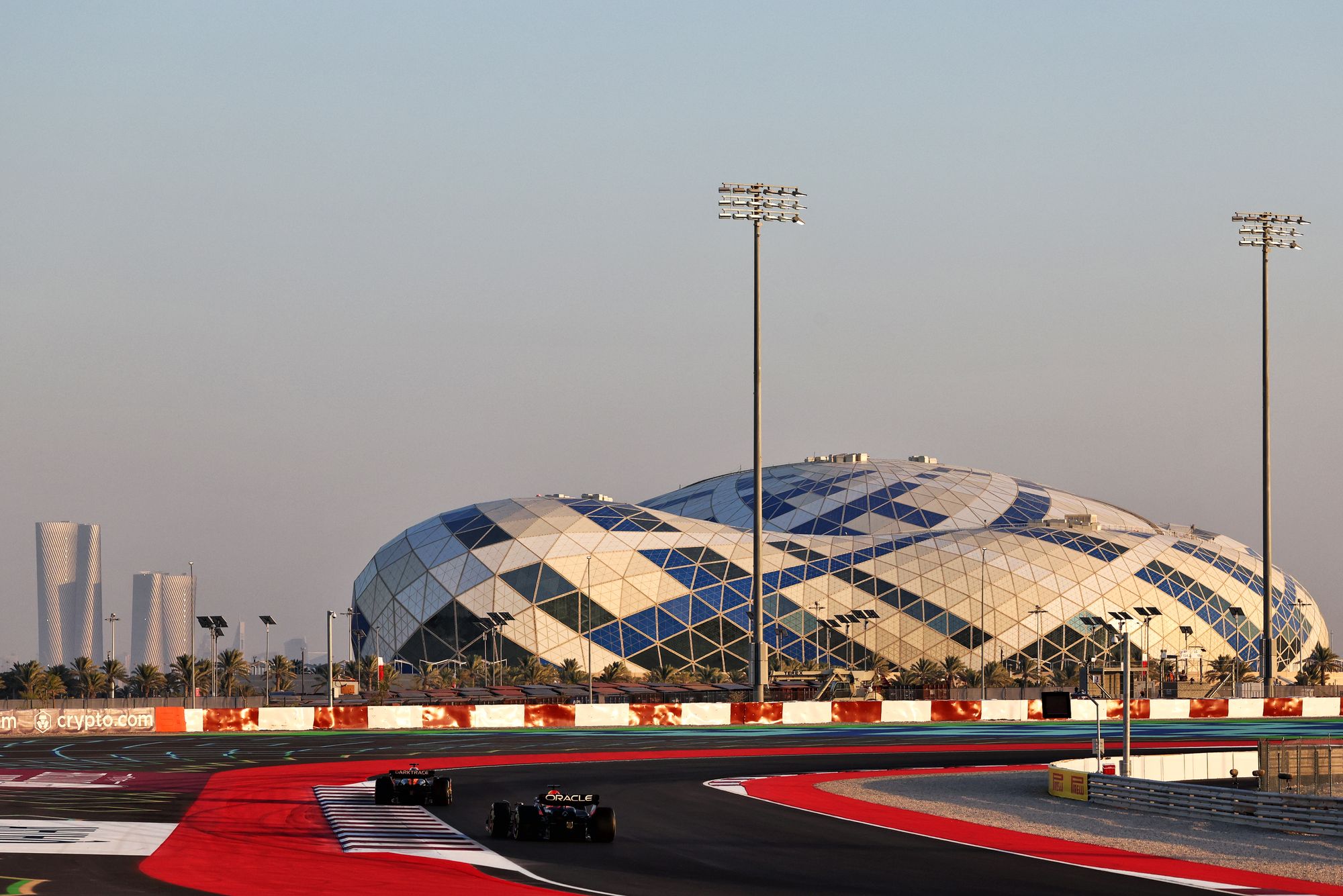
The tyre problem in Qatar was exactly the same. It should have been left to the teams to manage it by staying off the kerbs. We have often heard the team telling a driver to avoid a kerb because it was affecting something on the car so this is no different. It’s about discipline.
This should also apply to how the tyres are run in terms of pressures, camber etc. This would also make the on track action more interesting as there would be more variables at play with the tyres.
Pirelli, in this situation, is unfortunate enough to be a ‘neutral’ or should that be ‘natural’, target. The teams can’t develop the tyres so any limitations can be blamed on the supplier, which makes it very easy to point the finger. While Pirelli is going to be around for a few years yet, F1 needs to look after its tyre supplier because the cars won’t get very far without those four chunks of rubber.
Hearing what Pirelli says about the problem, I completely agree. It’s the frequency, amplitude and duration of any input that will affect the tyre construction. The car speed in a certain section of the track gives you the frequency and that combined with the differential height between the bottom and top of a section of the kerb gives you the amplitude. To put it simply, that decides how big a hammer you are hitting it with and how many times per second you are doing it.
Everything has its breaking point and the Pirelli tyres are carrying around a car with a minimum weight of 798kg, carrying tremendous downforce and therefore corner speeds and being whacked repeatedly against kerbs. These are extreme conditions and there will come a point where failures start to happen, if not to the tyres then to the cars' suspension components.
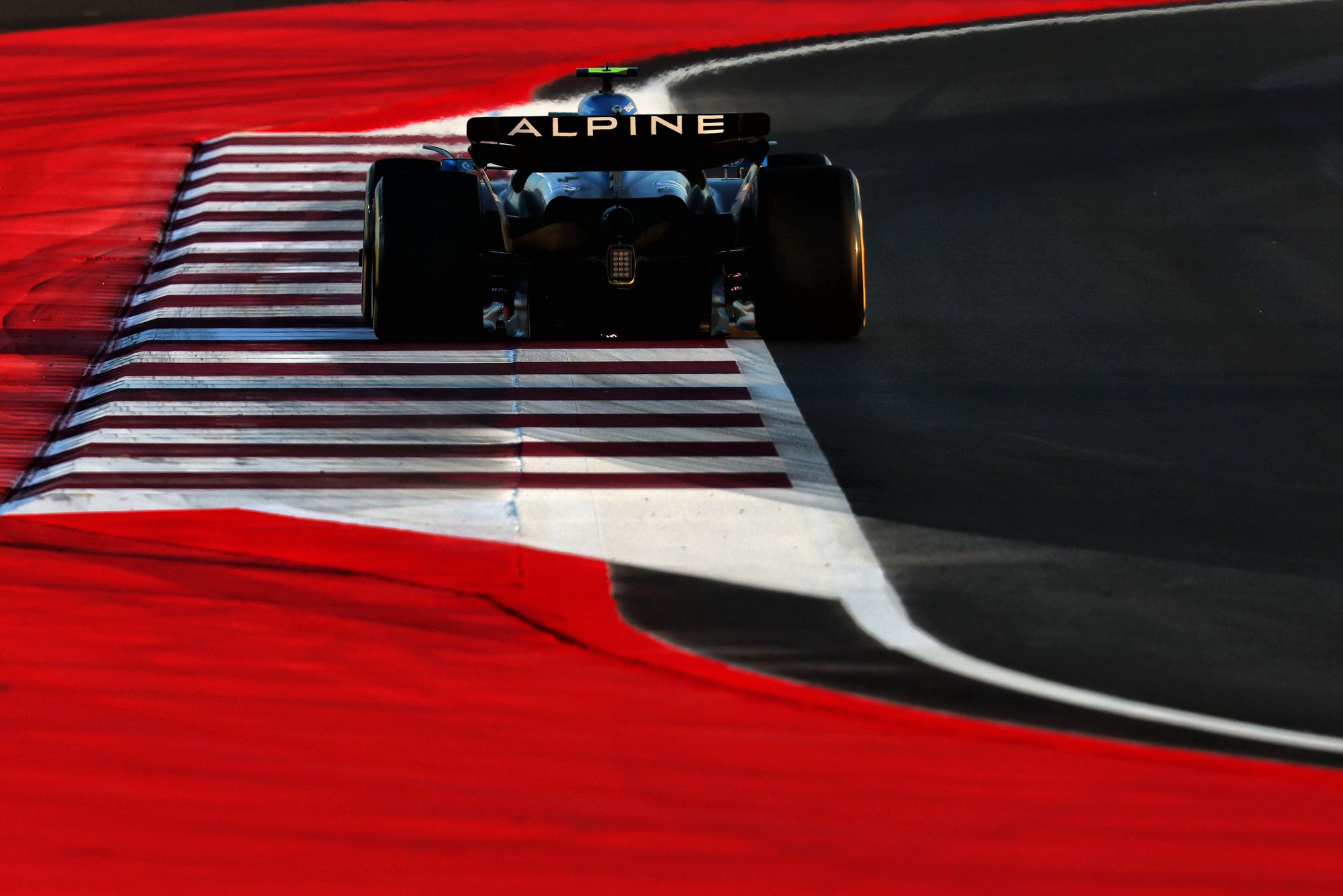
The problem Pirelli detected in Qatar has never been seen before on the tyres and it deserved credit for noticing the early signs of failure before it happened. Pirelli told the FIA, it came up with some solutions, including bringing the track limits 80cm further in at Turn 12 and 13, and the race happened without problems.
Yes, the situation shouldn’t have happened but once it has, you can only respond to it and instigate changes.
All that said, the cars have a lot to do with it. Within the damping arrangement, there is lots going on to minimise the car’s movement. When the car is going over a rough surface like a kerb, that can act in the opposite way and by resisting the kerb inputs the tyre has to take more of that input.
No one likes to see tyre failures and most people hate to see laptimes being taken away for track width violations, especially after the fact. So perhaps it’s time to really invest in a system that is 100% foolproof in deciding when a car goes off the track. It then lets the driver know and they can immediately slow down and not get a spurious laptime that later disappears.
If this detection system on the car reacts to a line in or on the track, then that could be placed far enough away from any kerb to reduce potential tyre or even car damage. It could also be used in all sessions for all laps so the drivers could get used to where the track limits really are.
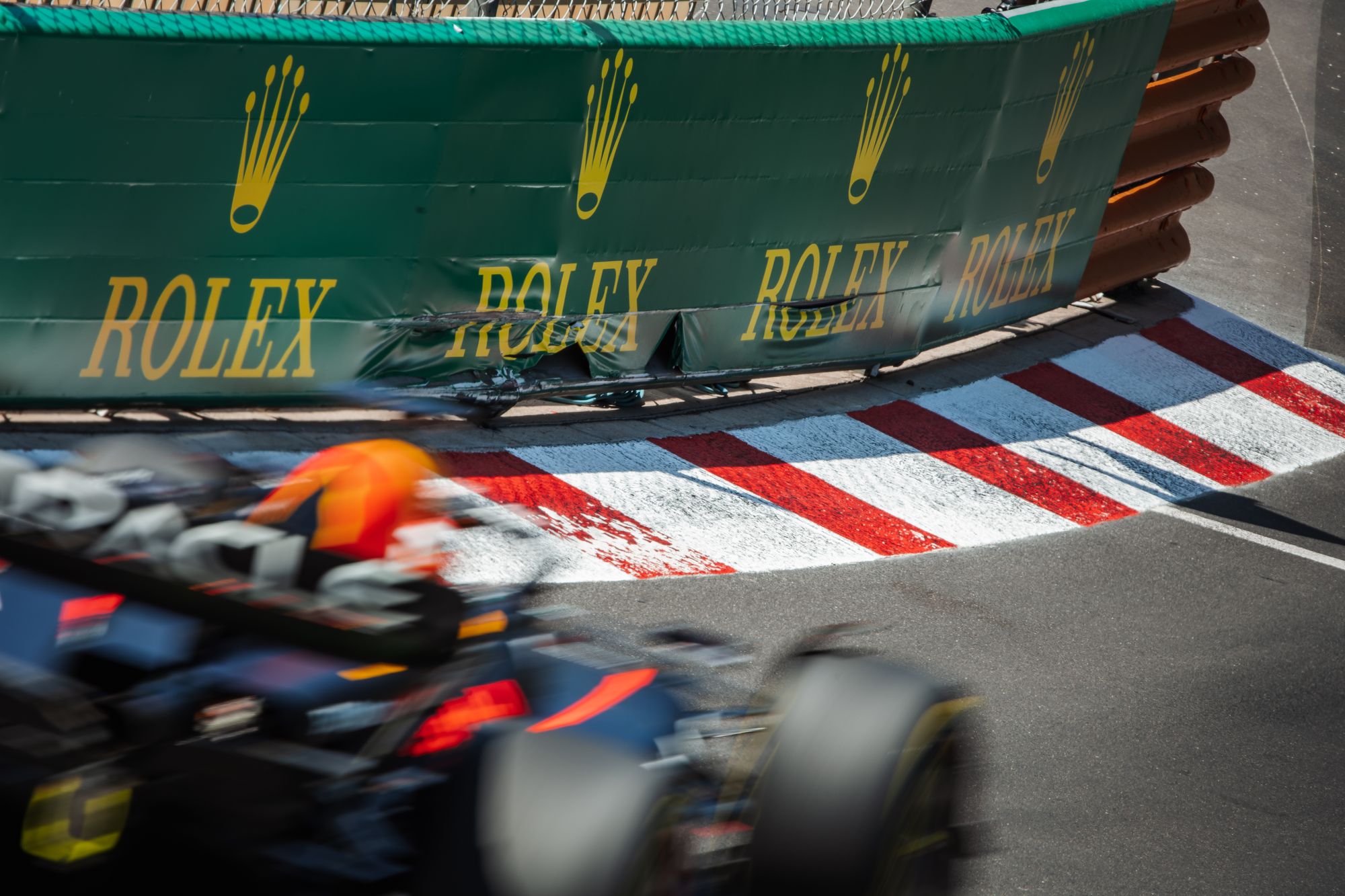
The drivers manage to stay away from the barriers or walls when they are placed on the edge of the track. I know it is very different when you are seeing a barrier compared to a white line painted on the track, but if a workable system were put in place I’m pretty sure they would get used to it fairly quickly.
After all, tennis uses Hawkeye very effectively, as does cricket. So there is an opportunity to come up with a system that is immediately responsive and cut out those delays before a human can make a decision on whether someone has overdone it on track limits by a millimetre or two.
In qualifying drivers very seldom have track limit problems because of another car being in the way so there needn't be any negotiation about whose fault an infringement was. It would be black and white: set off the sensor and you immediately lose the lap time, if it’s in the last corner you lose the next lap time. At least this way the driver knows immediately and can back off and save the tyres.
In the race you could have a review process if someone pushed you off the track and you can also use this system to detect if someone gained a position whilst off the track.
These problems are all connected as it was the steep 50mm drops of the pyramid kerbs in Qatar that was ultimately causing the tyre damage. A more robust automatic track limits monitoring system should allow for less extreme kerbs to be used. There is a chance here to solve two problems at once.

